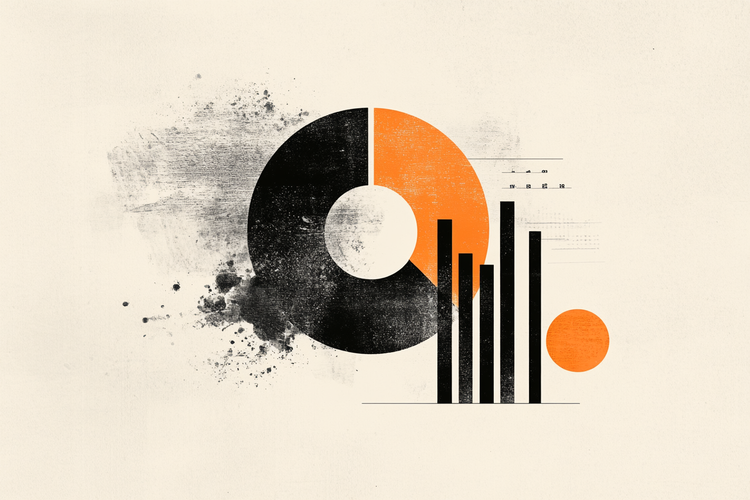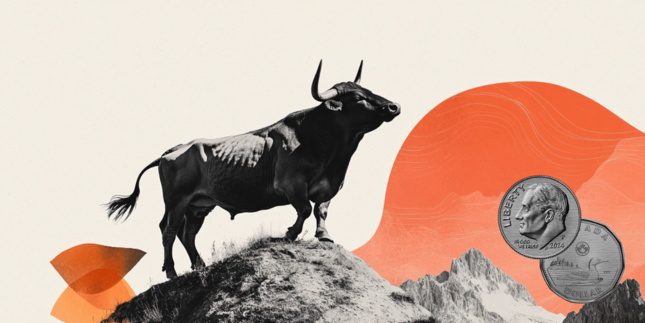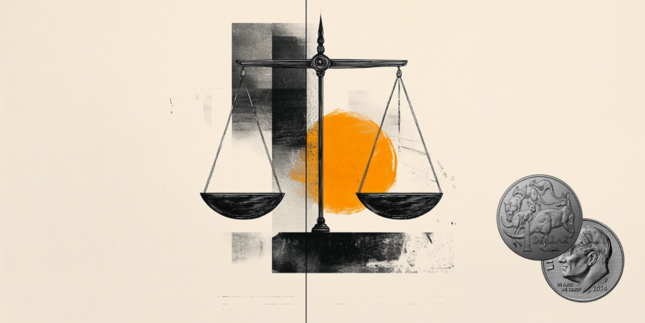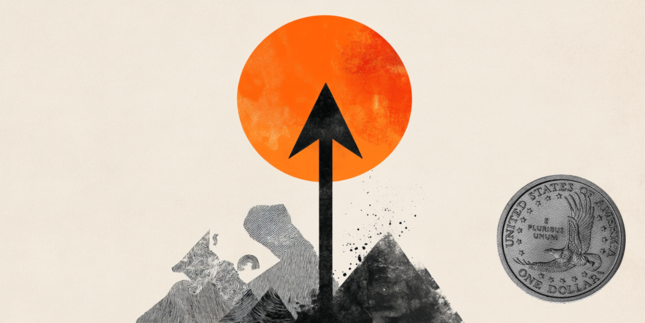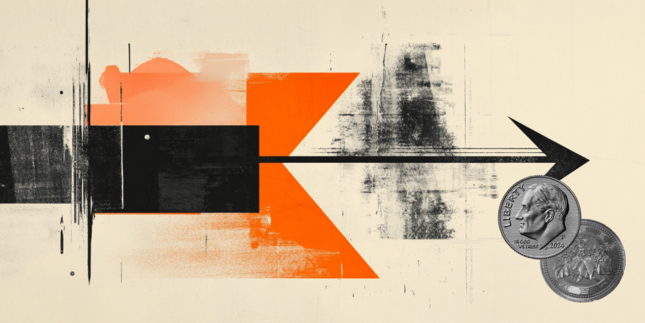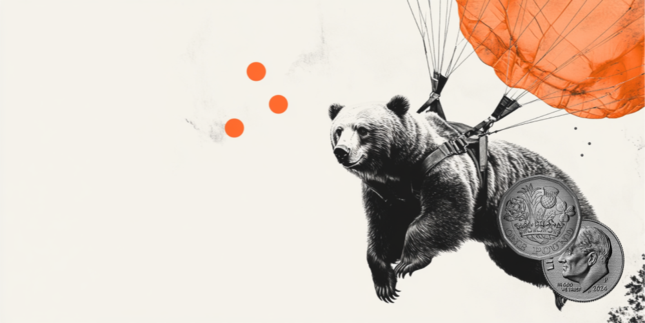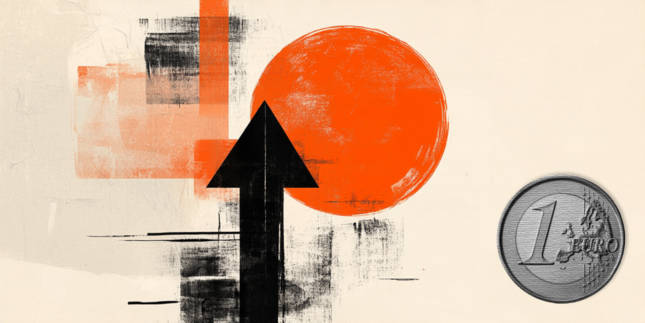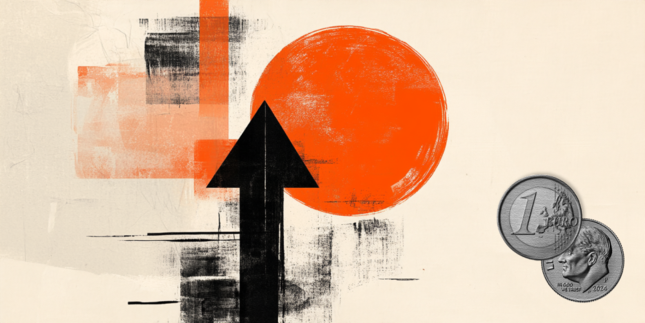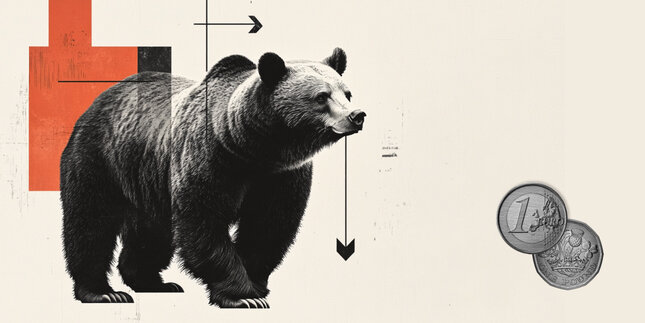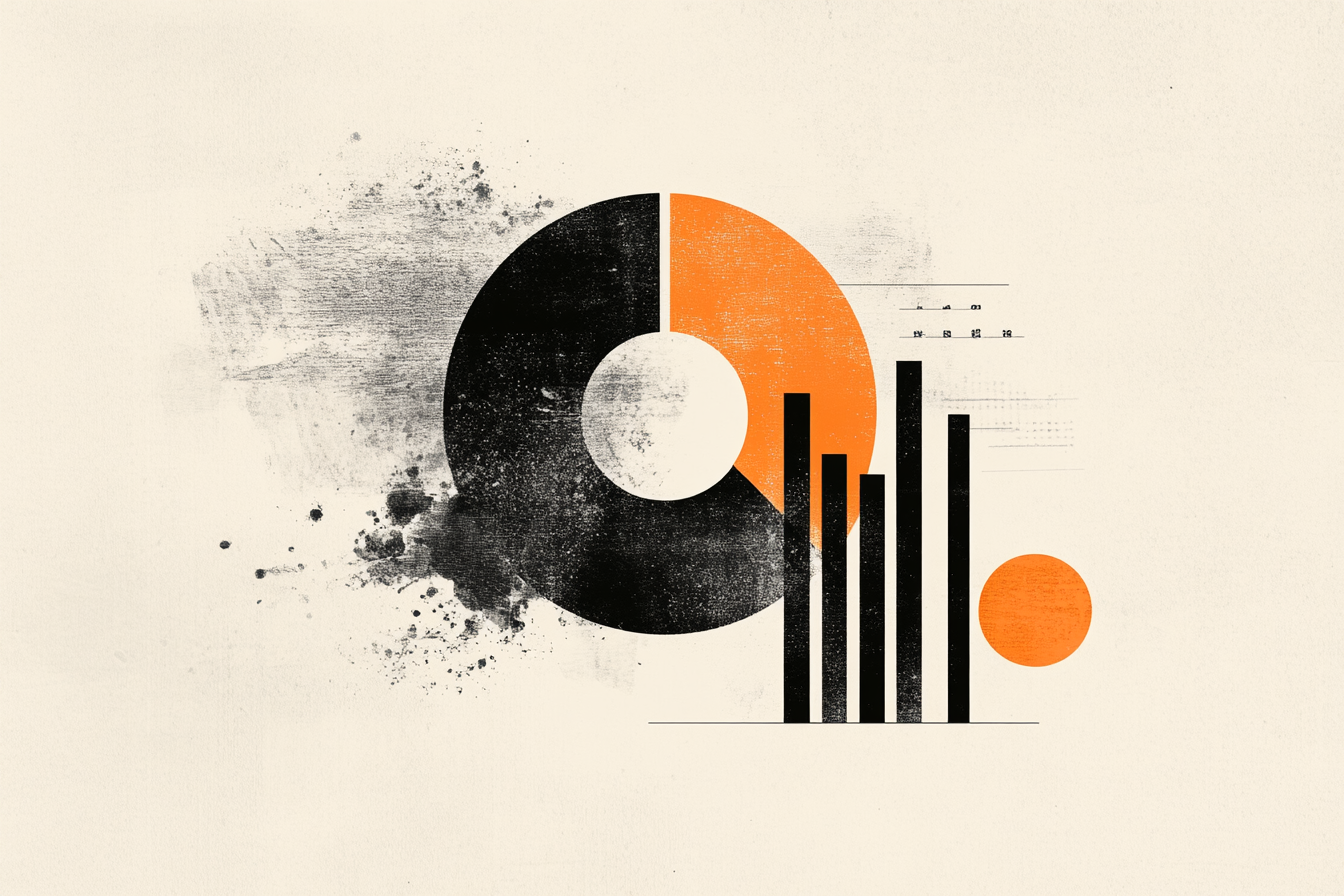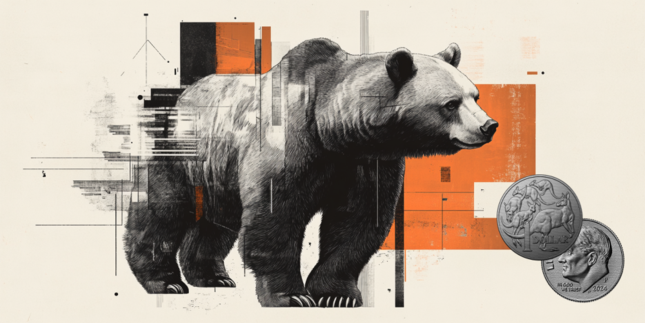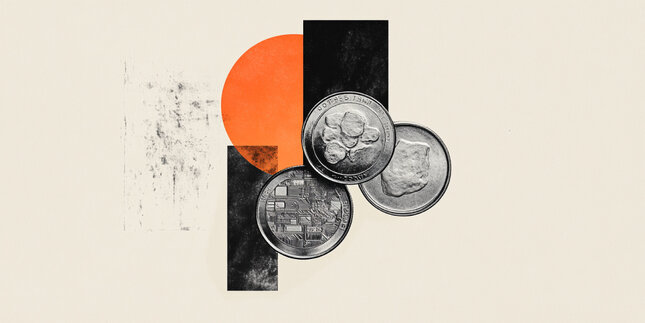USD/JPY extends winning streak for third day, US CPI is on horizon
- USD/JPY climbs to near 154.00 amid weakness in the Japanese Yen.
- BoJ Ueda cautioned about rise in food prices that could stimulate inflation expectations.
- Investors await the US CPI data for fresh cues about the Fed’s monetary policy outlook.
The USD/JPY pair jumps to near 154.00 in Wednesday’s European session on extending its winning streak for the third trading day. The asset performs strongly as the Japanese Yen (JPY) continues to face selling pressure even though market participants have become increasingly confident that the Bank of Japan (BoJ) will maintain a hawkish monetary policy stance going ahead.
Japanese Yen PRICE Today
The table below shows the percentage change of Japanese Yen (JPY) against listed major currencies today. Japanese Yen was the strongest against the Australian Dollar.
| USD | EUR | GBP | JPY | CAD | AUD | NZD | CHF | |
|---|---|---|---|---|---|---|---|---|
| USD | -0.20% | -0.09% | 0.66% | 0.07% | 0.25% | 0.26% | -0.29% | |
| EUR | 0.20% | 0.12% | 0.85% | 0.27% | 0.45% | 0.46% | -0.08% | |
| GBP | 0.09% | -0.12% | 0.71% | 0.16% | 0.33% | 0.35% | -0.19% | |
| JPY | -0.66% | -0.85% | -0.71% | -0.58% | -0.41% | -0.41% | -0.94% | |
| CAD | -0.07% | -0.27% | -0.16% | 0.58% | 0.18% | 0.18% | -0.35% | |
| AUD | -0.25% | -0.45% | -0.33% | 0.41% | -0.18% | 0.01% | -0.53% | |
| NZD | -0.26% | -0.46% | -0.35% | 0.41% | -0.18% | -0.01% | -0.54% | |
| CHF | 0.29% | 0.08% | 0.19% | 0.94% | 0.35% | 0.53% | 0.54% |
The heat map shows percentage changes of major currencies against each other. The base currency is picked from the left column, while the quote currency is picked from the top row. For example, if you pick the Japanese Yen from the left column and move along the horizontal line to the US Dollar, the percentage change displayed in the box will represent JPY (base)/USD (quote).
BoJ hawkish bets have escalated as BoJ Governor Kazuo Ueda has cautioned about an expected increase in food prices.
Earlier in the day, Kazuo Ueda warned that rise in prices of food, including fresh food, could accelerated consumer inflation expectations. "Rises in the prices of food, including fresh food, won't necessarily be temporary and there's the chance that this will impact people's mindsets and price expectations," Ueda said, Reuters report.
Meanwhile, the US Dollar (USD) is broadly sideways, with the US Dollar Index (DXY), wobbling around 108.00. The USD consolidates as investors await the United States (US) Consumer Price Index (CPI) data for January, which will be published at 13:30 GMT.
Investors will pay close attention to the US inflation data as it will influence speculation for how long the Federal Reserve (Fed) will keep interest rates steady in the range of 4.25%-4.50%.
The CPI report is expected to show that the core inflation – which excludes volatile food and energy prices – decelerated to 3.1% from 3.2% in December, with the headline CPI remaining steady at 2.9%.
US Dollar FAQs
The US Dollar (USD) is the official currency of the United States of America, and the ‘de facto’ currency of a significant number of other countries where it is found in circulation alongside local notes. It is the most heavily traded currency in the world, accounting for over 88% of all global foreign exchange turnover, or an average of $6.6 trillion in transactions per day, according to data from 2022. Following the second world war, the USD took over from the British Pound as the world’s reserve currency. For most of its history, the US Dollar was backed by Gold, until the Bretton Woods Agreement in 1971 when the Gold Standard went away.
The most important single factor impacting on the value of the US Dollar is monetary policy, which is shaped by the Federal Reserve (Fed). The Fed has two mandates: to achieve price stability (control inflation) and foster full employment. Its primary tool to achieve these two goals is by adjusting interest rates. When prices are rising too quickly and inflation is above the Fed’s 2% target, the Fed will raise rates, which helps the USD value. When inflation falls below 2% or the Unemployment Rate is too high, the Fed may lower interest rates, which weighs on the Greenback.
In extreme situations, the Federal Reserve can also print more Dollars and enact quantitative easing (QE). QE is the process by which the Fed substantially increases the flow of credit in a stuck financial system. It is a non-standard policy measure used when credit has dried up because banks will not lend to each other (out of the fear of counterparty default). It is a last resort when simply lowering interest rates is unlikely to achieve the necessary result. It was the Fed’s weapon of choice to combat the credit crunch that occurred during the Great Financial Crisis in 2008. It involves the Fed printing more Dollars and using them to buy US government bonds predominantly from financial institutions. QE usually leads to a weaker US Dollar.
Quantitative tightening (QT) is the reverse process whereby the Federal Reserve stops buying bonds from financial institutions and does not reinvest the principal from the bonds it holds maturing in new purchases. It is usually positive for the US Dollar.
Forex News
Keep up with the financial markets, know what's happening and what is affecting the markets with our latest market updates. Analyze market movers, trends and build your trading strategies accordingly.
